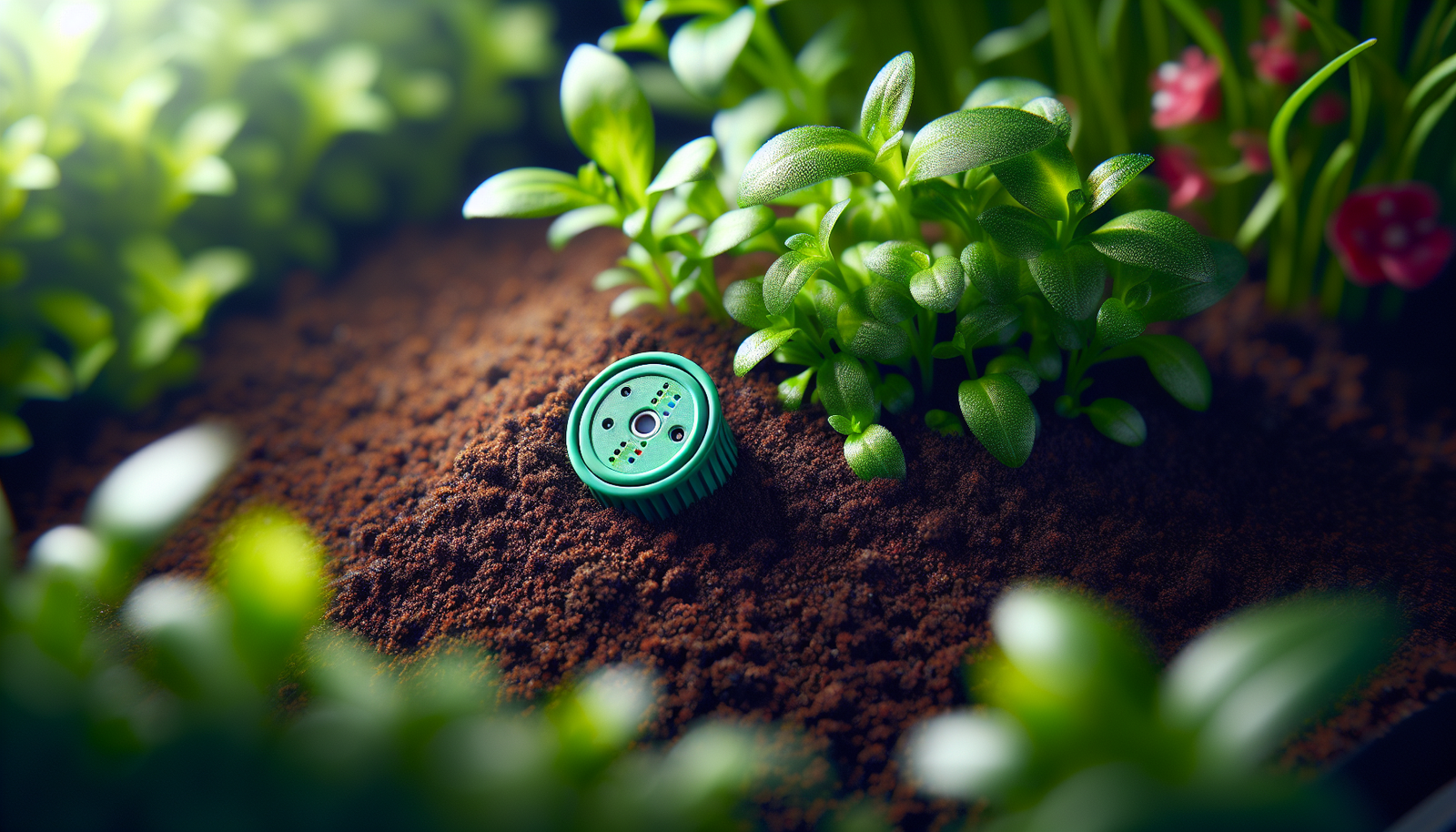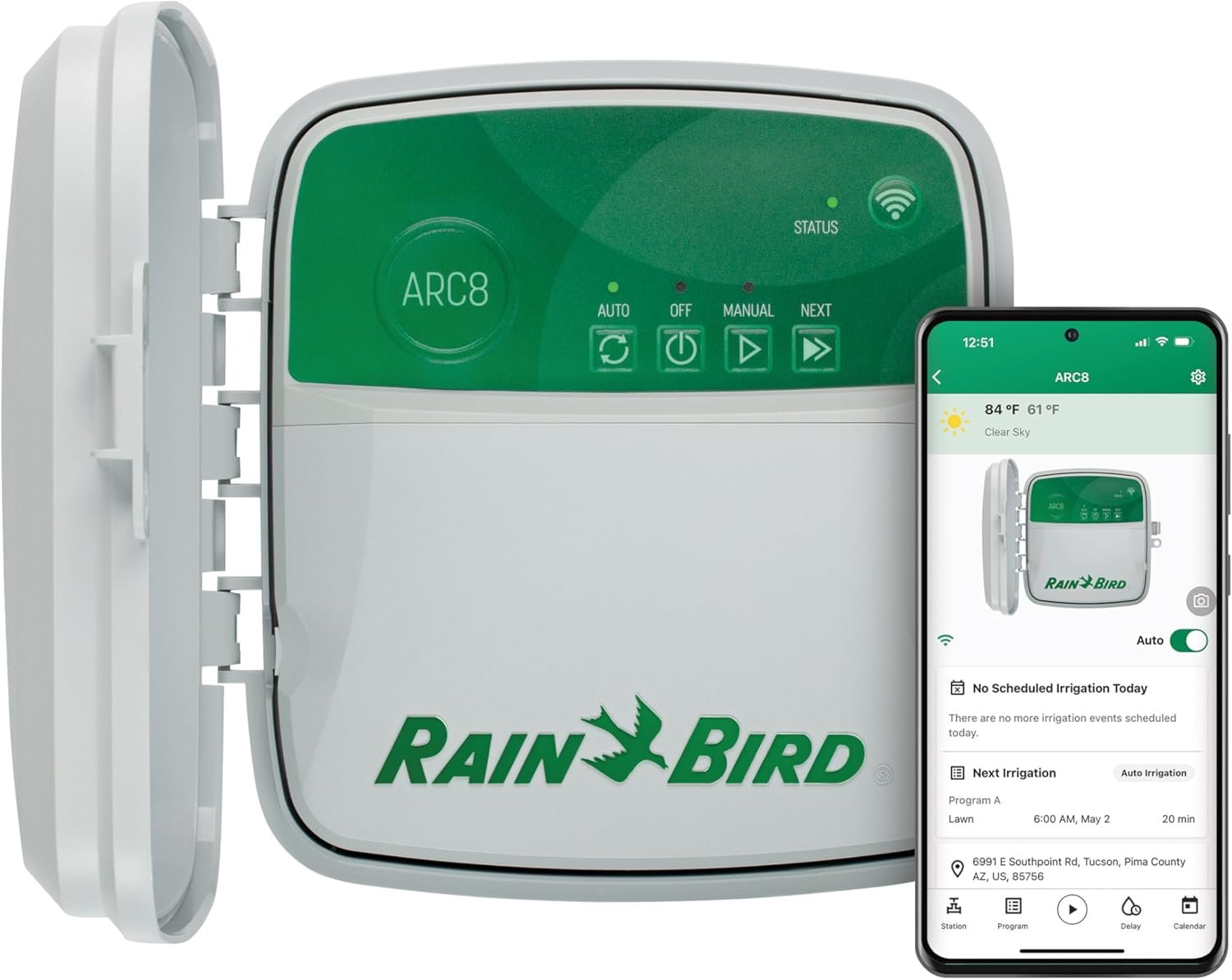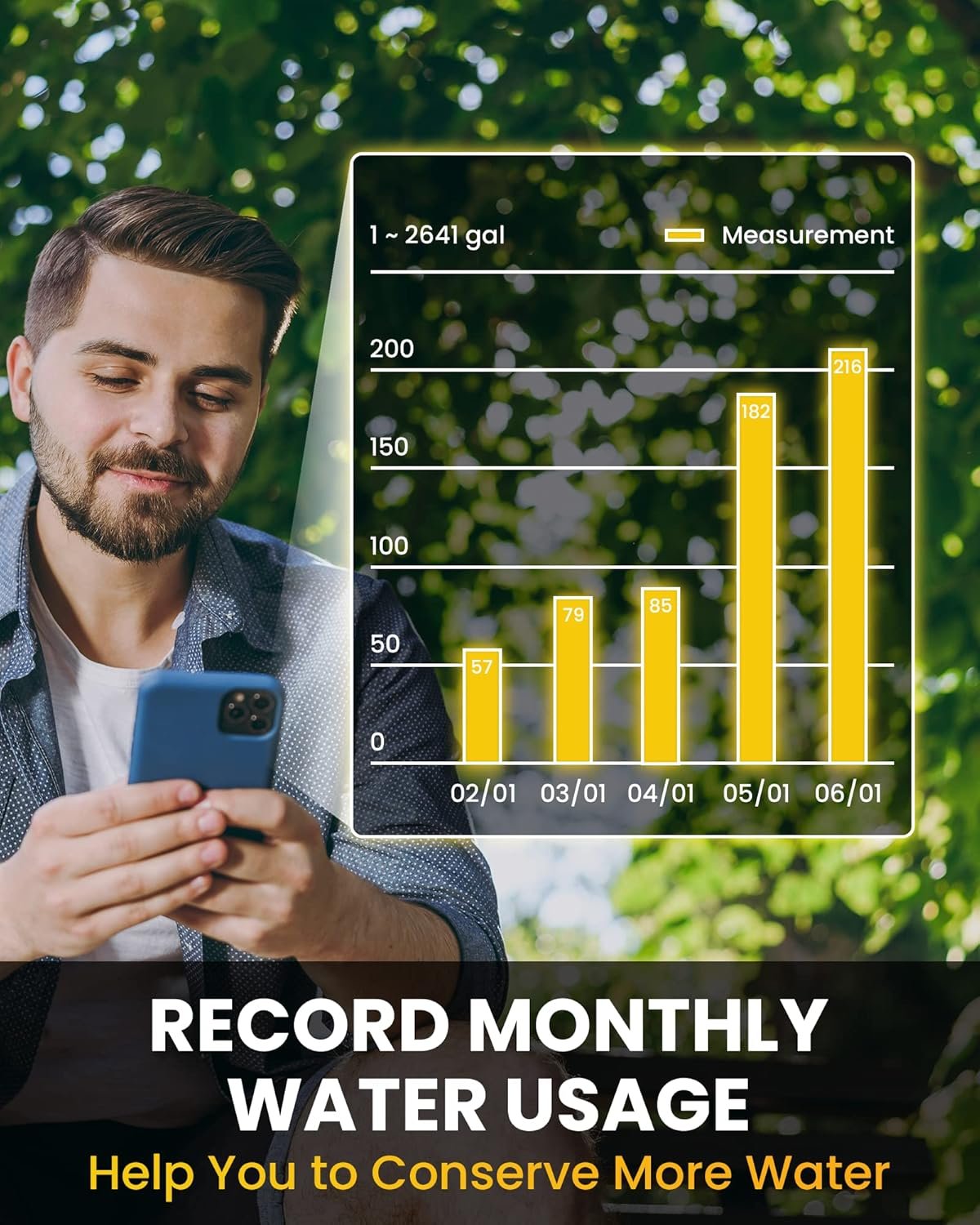Have you ever wondered how you can keep your garden lush and green while also being mindful of water usage? Imagine being able to water your plants precisely and efficiently without the need to constantly check the soil manually. Enter the world of soil moisture sensors, a technology that is transforming how we approach irrigation and plant care.
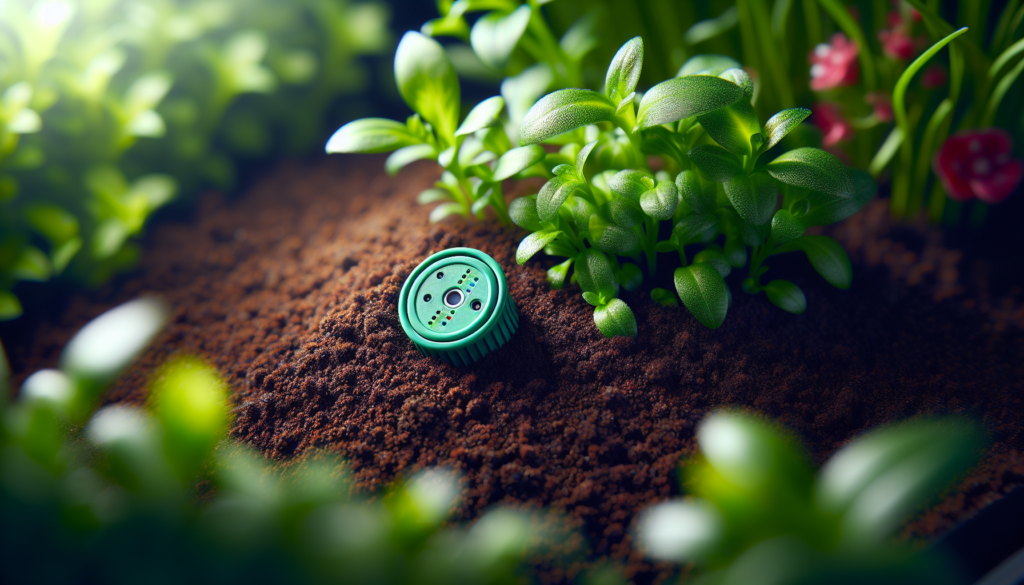
Understanding the Functionality of a Soil Moisture Sensor
A soil moisture sensor is an invaluable tool in the realm of smart irrigation systems. Its primary role is to measure the amount of moisture in the soil, providing accurate data that can be used to regulate watering systems effectively. By integrating these sensors into your garden or lawn setup, you can ensure that your plants receive the optimal amount of water at the right times.
How Does a Soil Moisture Sensor Work?
A soil moisture sensor operates by measuring the volumetric water content of the soil. The sensor typically uses various methods like dielectric permittivity or resistance to gauge moisture levels. When the soil moisture sensor is inserted into the ground, it sends data to a connected system, which then interprets the soil’s current moisture level. This information allows you to adjust your watering schedule or automate the process entirely, making it an essential component of smart irrigation.
Real-World Application and Benefits
The real magic of soil moisture sensors comes into play via smart irrigation systems. These devices can communicate with irrigation controllers, adjusting watering schedules based on the actual needs of your soil and plants. By leveraging real-time data, you save water, reduce utility costs, and promote a healthier garden environment.
Smart Irrigation Systems and Their Impact
Smart irrigation is about precision and efficiency. It’s a leap from traditional methods, providing a modern solution that conserves resources and enhances plant health. A core feature of these systems is the ability to automate watering schedules, which is where soil moisture sensors become indispensable.
Advantages of Smart Irrigation Systems
-
Water Conservation: By utilizing soil moisture sensors, smart irrigation systems deliver water only when necessary. This helps significantly reduce wastage.
-
Cost Savings: With reduced water consumption, you can expect lower utility bills. Over time, the savings you make will far outweigh the initial investment in smart irrigation technology.
-
Improved Plant Health: Consistent and appropriate watering ensures that plants thrive, which translates to a lush and vibrant landscape.
-
Convenience and Automation: The integration of smart technology means less manual intervention. You can manage your garden’s watering needs from anywhere using a smartphone or web application.
Making the Transition: Smart Irrigation
Switching to a smart irrigation system doesn’t have to be overwhelming. Consider these steps to make the transition smoother and more effective:
-
Evaluate Your Needs: Assess the size of your garden and the types of plants you have. Determine if you need a full-scale smart irrigation setup or a simpler system.
-
Research Products: Look for systems that are compatible with soil moisture sensors and other smart home technologies. Many products offer integration with platforms like Google Home or Alexa.
-
Installation and Setup: Some smart irrigation products can be installed as a DIY project, while others may require professional installation. Choose the option that works best for your comfort level and budget.
-
Monitor and Adjust: Once your system is up and running, keep an eye on its performance. Use the data from the soil moisture sensors to tweak your watering schedules as needed.
Technological Advancements in Soil Moisture Sensors
Over the years, soil moisture sensor technology has evolved significantly, increasing in accuracy and reliability. Innovations in materials, design, and data analytics have broadened their usage and efficiency.
Types of Soil Moisture Sensors
There are several types of soil moisture sensors available, each with unique features and benefits:
-
Tensiometers: Measure soil water tension, indicating how hard a plant has to work to extract water.
-
Capacitive Sensors: Use electrical probes to measure the dielectric constant of the soil, estimating moisture content indirectly.
-
Gypsum Block Sensors: Offer a more affordable option, using electrical conductivity related to moisture levels.
-
Composite Sensors: Combine various measurement methods, offering comprehensive data and higher accuracy.
| Sensor Type | Measurement Method | Use Case |
|---|---|---|
| Tensiometers | Measures soil water tension | Best for agricultural fields |
| Capacitive Sensors | Measures dielectric constant | Suitable for home gardens |
| Gypsum Block Sensors | Measures electrical conductivity | Budget-friendly option |
| Composite Sensors | Combines multiple measurement methods | Offers high accuracy |
Integration with Smart Home Systems
The integration of soil moisture sensors into smart home ecosystems provides significant advantages. Connected systems can leverage the data collected to automate and optimize various home functions, leading to smarter water usage and plant care.
Financial Considerations and Return on Investment
Investing in a soil moisture sensor and corresponding smart irrigation system requires an initial financial outlay. However, the long-term savings and benefits often justify the expense, providing a strong return on investment.
Cost Factors
-
Initial Purchase: Prices vary based on sensor quality, range, and features. While more advanced models may have higher upfront costs, they often offer greater accuracy and durability.
-
Installation: Depending on complexity, installation costs might include professional services or hardware for integration with existing systems.
-
Maintenance: Regular calibration and occasional software updates maintain system efficiency, representing a small part of the ongoing investment.
Financial Benefits
The primary financial benefit of using a soil moisture sensor is the reduction in water consumption, which directly lowers water bills. Over time, these savings can significantly exceed the initial costs of the system.
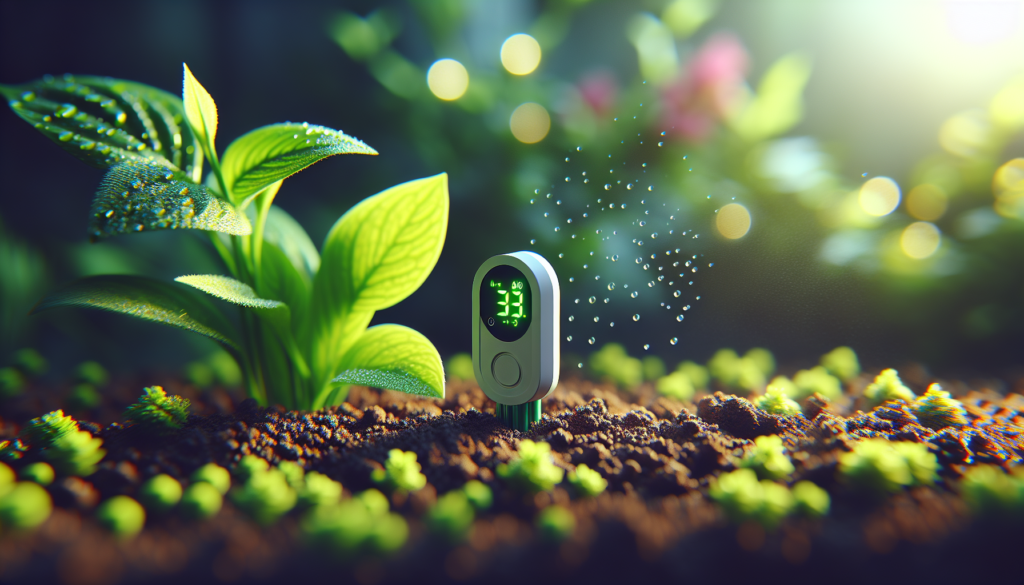
Environmental Impact and Sustainability
In an era where environmental consciousness is more important than ever, smart irrigation featuring soil moisture sensors offers a sustainable solution that aligns with eco-friendly practices.
Water Conservation
Using soil moisture sensors cuts down on unnecessary water usage, addressing one of the most pressing environmental concerns today. Conserving water not only helps the environment but also aids in maintaining local water reserves.
Reduced Chemical Runoff
Efficient watering reduces the amount of irrigation water that can cause nutrient and pesticide runoff into waterways. This environmental benefit further underscores the sustainability of smart irrigation systems.
Comparing Smart Irrigation Products
When it comes to selecting the right smart irrigation product, it’s important to analyze various options. Consider each product’s compatibility with soil moisture sensors and integration with other smart home technologies.
Evaluating Options
Factors to look at include:
- Compatibility: Ensure the system works with existing smart home devices.
- Ease of Use: Look for user-friendly interfaces that simplify management tasks.
- Scalability: Choose systems that can expand as your gardening needs grow.
- Customer Support: Opt for products from companies with reliable customer service.
Recommended Products
While the market offers numerous options, a few standout products have gained popularity for their reliability, features, and user satisfaction:
-
Rachio Smart Sprinkler Controller: Offers easy installation, weather-based scheduling, and excellent integration capabilities.
-
Rain Bird ST8: Known for its intuitive setup, with flexible scheduling and remote access options.
-
Orbit B-hyve: An affordable option with Wi-Fi capabilities, great for those new to smart irrigation.
Guiding Users Through the Upgrade Process
Upgrading from a traditional irrigation system to a smart version doesn’t have to be daunting. Here’s how you can approach upgrading:
Steps to Upgrade
-
Conduct an Assessment: Determine which parts of your existing system can be integrated or need replacement.
-
Choose the Right System: Based on your assessment, select a smart irrigation system suited to your needs.
-
Plan the Installation: Depending on the complexity, decide whether to opt for DIY or professional installation.
-
Calibrate and Trial: Once installed, ensure the system is properly calibrated to work with the soil moisture sensors.
-
Update Regularly: Keep your system updated with the latest software enhancements for optimal performance.
Troubleshooting Tips
While smart irrigation systems simplify your gardening tasks, occasional troubleshooting may be necessary:
- Sensor Calibration: Regularly check and calibrate the sensors for accurate readings.
- Connectivity Issues: Ensure the system’s connection with your Wi-Fi network is stable.
- Software Updates: Regularly update your system’s software to benefit from new features and bug fixes.
Conclusion
Soil moisture sensors are a pivotal component of modern smart irrigation systems, providing precise data that aids in the efficient management of watering schedules. For homeowners, eco-conscious individuals, and smart home enthusiasts, these sensors offer an effective solution for water conservation, cost savings, and enhanced plant health. By understanding the functions and benefits of soil moisture sensors, you can make informed decisions about integrating this technology into your gardening practices, contributing to a sustainable and beautiful outdoor space.
Armed with this knowledge, you are well-prepared to take on the journey of upgrading to a smart irrigation system that fits your needs, budget, and environmental goals. The future of gardening is smart, sustainable, and soil moisture sensors are at the heart of this revolution.
Disclosure: As an Amazon Associate, I earn from qualifying purchases.
